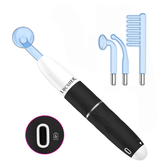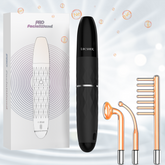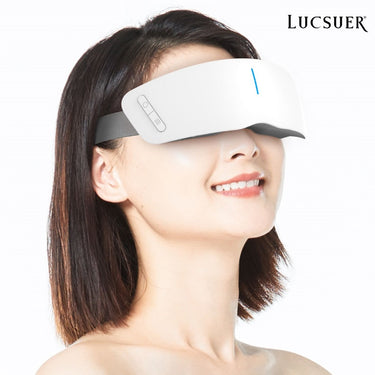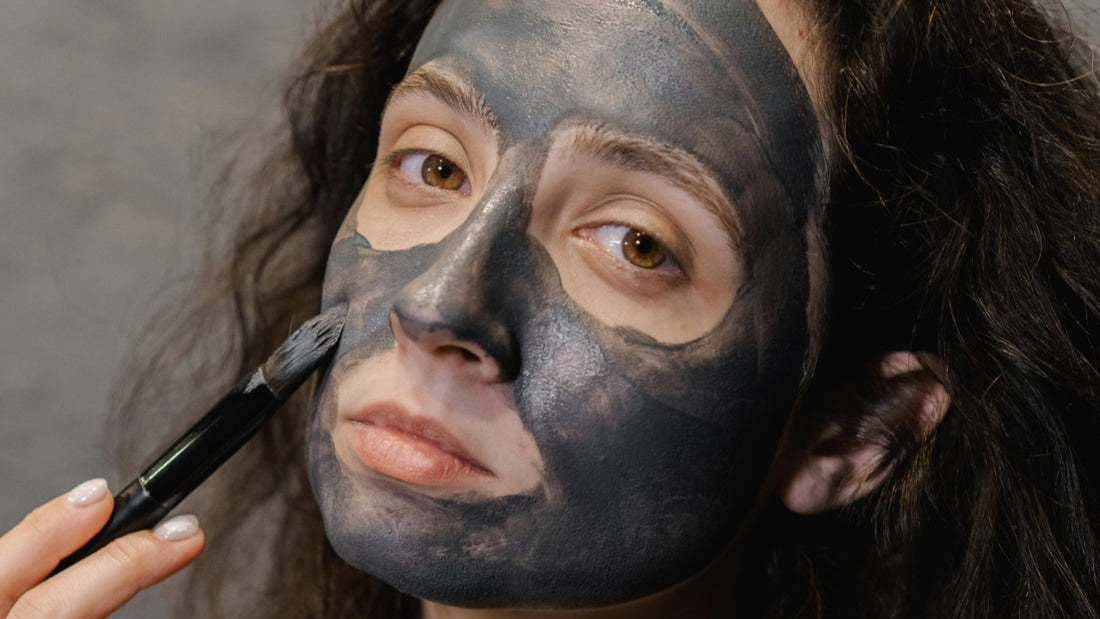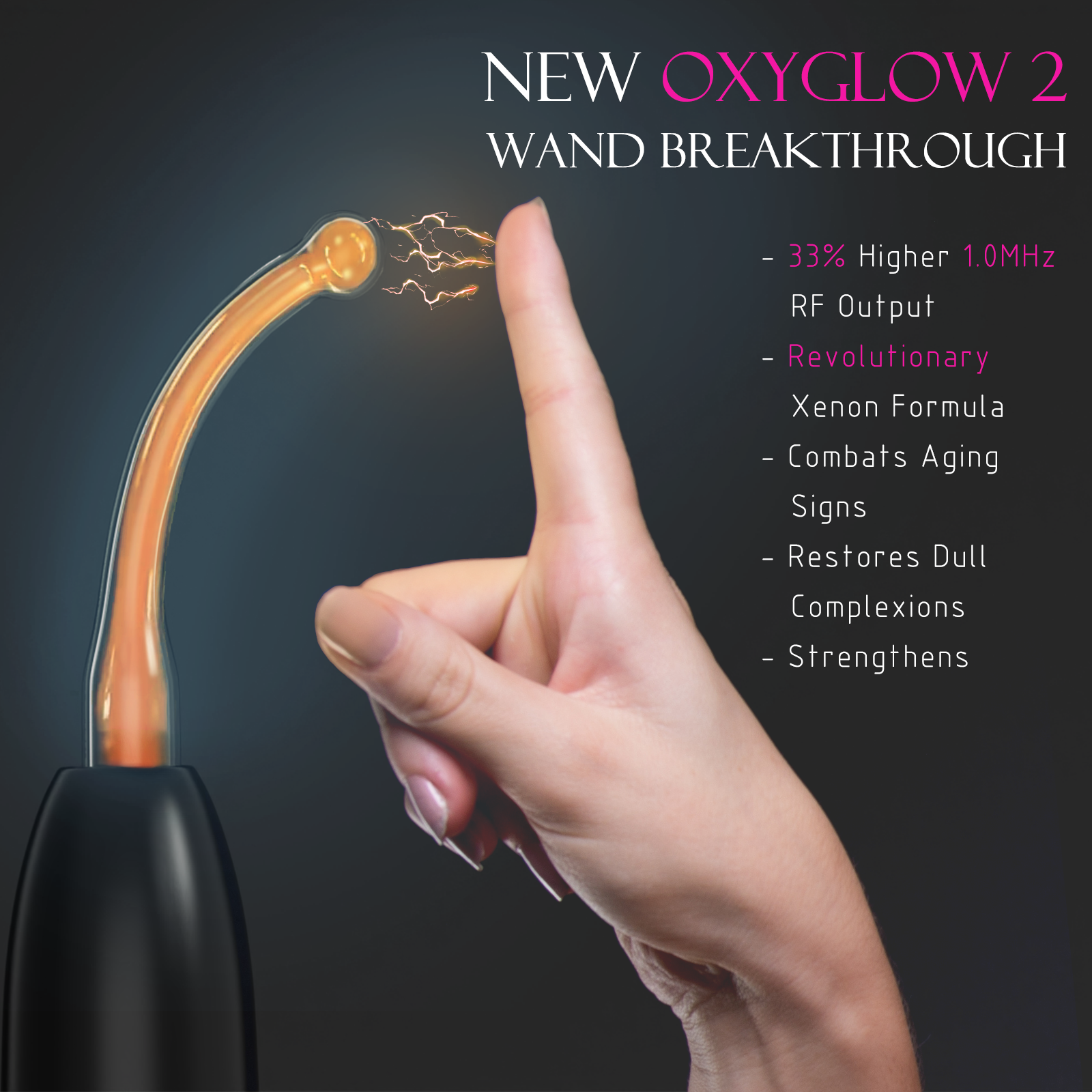In today’s fast-paced world, taking care of our skin has become more important than ever. Among the various skincare routines, facial treatments stand out as a powerful way to maintain healthy, glowing skin. But what exactly do facial treatments do, and why should you consider incorporating them into your skincare regimen? This comprehensive guide will explore the world of facial treatments, their benefits, and how to choose the right one for your skin.
What Are Facial Treatments?
Facial treatments, also known as facials, are professional skincare procedures designed to improve the health and appearance of your skin. These treatments go beyond your daily skincare routine, offering a more intense and targeted approach to addressing various skin concerns.
Common Types of Facial Treatments
- Basic facial cleansing
- Deep cleansing facials
- Anti-aging facials
- Brightening facials
- Acne-fighting facials
- Hydrating facials
- Chemical peels
- Microdermabrasion
The Main Effects of Facial Treatments
Deep Cleansing
One of the primary functions of a facial treatment is to provide a deep cleanse that goes beyond what you can achieve at home. Professional-grade products and techniques are used to remove dirt, oil, and impurities that accumulate in your pores.
Exfoliation
Facial treatments often include exfoliation to remove dead skin cells, revealing fresher, younger-looking skin underneath. This process can help improve skin texture and tone.
Nourishment and Hydration
Many facial treatments involve the application of nourishing serums, masks, and moisturizers that are tailored to your skin type and concerns. These products can provide intense hydration and essential nutrients to your skin.
Skin Improvement
Regular facial treatments can help improve various skin conditions, such as acne, hyperpigmentation, and fine lines. They can also enhance overall skin texture and appearance.
Anti-Aging
Some facial treatments are specifically designed to target signs of aging, such as wrinkles and loss of firmness. These treatments often include ingredients like retinol, peptides, and antioxidants to promote collagen production and skin renewal.
Different Types of Facial Treatments and Their Functions
Basic Facial
A basic facial typically includes cleansing, exfoliation, extraction of blackheads or whiteheads, a face mask, and moisturizer application. This type of facial is suitable for maintaining general skin health and is often recommended for those new to facial treatments.
Deep Cleansing Facial
Deep cleansing facials focus on thoroughly cleaning the pores and removing impurities. They often include steam treatments to open up pores, followed by extensive extraction and purifying masks. These facials are particularly beneficial for those with oily or acne-prone skin.
Anti-Aging Facial
Anti-aging facials use ingredients and techniques designed to reduce the appearance of fine lines, wrinkles, and other signs of aging. They may include chemical peels, collagen masks, or specialized massage techniques to improve skin elasticity and promote cell turnover.
Brightening Facial
Brightening facials target hyperpigmentation, dark spots, and uneven skin tone. They often include ingredients like vitamin C, kojic acid, or alpha-hydroxy acids (AHAs) to help even out skin tone and boost radiance.
Acne Treatment Facial
These facials are specifically designed for acne-prone skin. They typically involve deep cleansing, exfoliation, and the use of products containing salicylic acid or benzoyl peroxide to help control acne breakouts and reduce inflammation.
The Facial Treatment Process
While the exact steps may vary depending on the type of facial and the spa or clinic you visit, here’s a general overview of what you can expect during a facial treatment:
- Facial Cleansing: The esthetician will start by thoroughly cleansing your face to remove any makeup, dirt, or oil.
- Skin Analysis: Your skin will be examined under a bright light to determine your skin type and any specific concerns.
- Steam Treatment: Many facials include a steam treatment to open up pores and soften the skin.
- Exfoliation: Dead skin cells are removed using either a physical scrub or a chemical exfoliant.
- Extractions: If necessary, the esthetician will manually remove blackheads and whiteheads.
- Facial Massage: A relaxing massage helps improve blood circulation and lymphatic drainage.
- Mask Application: A mask tailored to your skin type and concerns will be applied.
- Final Application: The treatment usually concludes with the application of toner, serum, moisturizer, and sunscreen.
Benefits of Facial Treatments
Improved Skin Texture
Regular facial treatments can significantly improve your skin’s texture, making it smoother and softer to the touch.
Enhanced Blood Circulation
The massage techniques used during facial treatments help boost blood circulation, which can give your skin a healthy, natural glow.
Stress Reduction and Relaxation
Facial treatments aren’t just good for your skin; they’re also an excellent way to relax and de-stress. The calming atmosphere and gentle touch can help reduce tension and promote overall well-being.
Prevention of Skin Issues
By maintaining regular facial treatments, you can help prevent various skin issues before they become significant problems.
Increased Confidence
When your skin looks and feels its best, it can boost your self-confidence and make you feel more comfortable in your own skin.
How to Choose the Right Facial Treatment for You
Selecting the right facial treatment depends on several factors:
Consider Your Skin Type
Different treatments are designed for different skin types. Whether you have oily, dry, combination, or sensitive skin, there’s a facial treatment that’s right for you.
Address Specific Skin Concerns
If you have particular skin issues you want to address, such as acne, hyperpigmentation, or signs of aging, look for treatments that target these concerns.
Age Considerations
As we age, our skin’s needs change. Anti-aging treatments become more relevant as we get older, while younger individuals might focus more on prevention and maintenance.
Budget Considerations
Facial treatments can vary widely in price. Consider what you’re comfortable spending and look for options that fit within your budget.
Precautions and Considerations for Facial Treatments
Treatment Frequency
While the frequency of facial treatments can vary based on individual needs, most estheticians recommend getting a facial every 4-6 weeks.
Allergy Testing
If you have sensitive skin or are prone to allergies, it’s important to do a patch test before trying new products or treatments.
Post-Treatment Care
After a facial, your skin may be more sensitive. Follow your esthetician’s advice on post-treatment care, which may include avoiding sun exposure and using gentle skincare products.
Conclusion
Facial treatments offer a multitude of benefits for your skin, from deep cleansing and exfoliation to addressing specific skin concerns and promoting overall skin health. By understanding what facial treatments do and how they can benefit your skin, you can make informed decisions about incorporating them into your skincare routine.
Remember, everyone’s skin is unique, and what works for one person may not work for another. It’s always best to consult with a skincare professional to determine the most suitable facial treatments for your individual needs and skin type.
Whether you’re looking to maintain healthy skin, address specific concerns, or simply indulge in some self-care, facial treatments can be an excellent addition to your skincare regimen. So why not give your skin the pampering it deserves and experience the transformative effects of a professional facial treatment?
Frequently Asked Questions (FAQ)
How often should I get a facial treatment?
The frequency of facial treatments can vary depending on your skin type and concerns. Generally, it’s recommended to get a facial every 4-6 weeks. However, some people may benefit from more frequent treatments, while others may only need them every few months. Consult with your esthetician to determine the best schedule for your skin.
Are there any side effects to facial treatments?
While facial treatments are generally safe, some people may experience temporary side effects such as redness, mild irritation, or breakouts. These usually subside within a day or two. More serious side effects are rare but can occur if the treatment is not performed correctly or if you have an allergic reaction to a product used. Always inform your esthetician of any allergies or skin sensitivities before the treatment.
What’s the difference between at-home and professional facial treatments?
While at-home facial treatments can be beneficial, professional treatments offer several advantages:
- Professional-grade products and equipment
- Expertise of a trained esthetician
- Customized treatment plans
- More intensive and effective treatments
- Proper extraction techniques (for blackheads and whiteheads)
At-home treatments are great for maintenance between professional facials, but they typically can’t match the depth and effectiveness of a professional treatment.
Do men need facial treatments too?
Absolutely! Men can benefit from facial treatments just as much as women. In fact, men often have specific skincare needs, such as dealing with ingrown hairs from shaving or addressing oily skin. Many spas and skincare clinics offer treatments specifically tailored for men’s skin.
